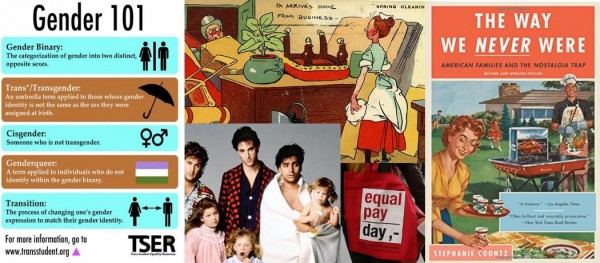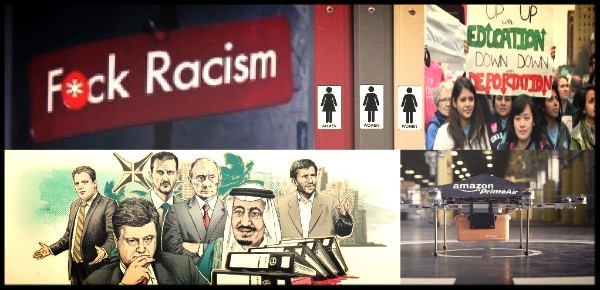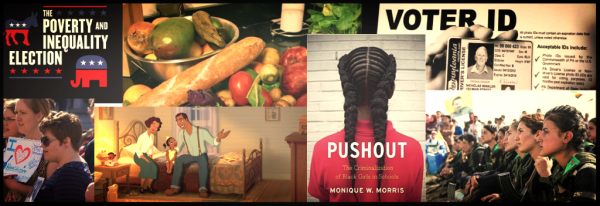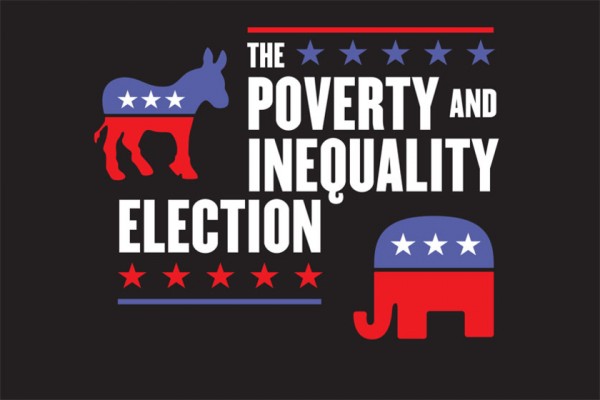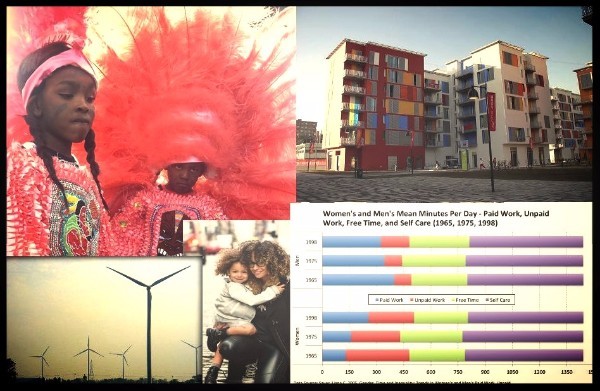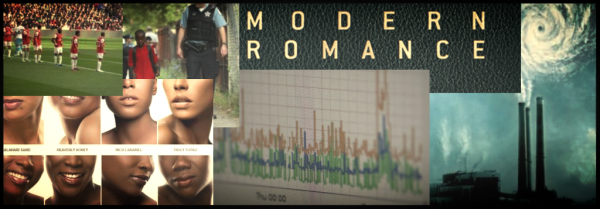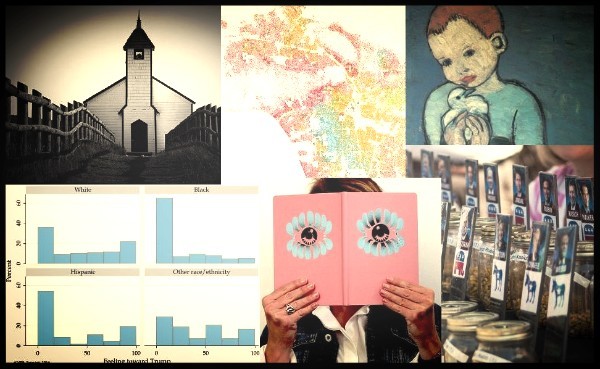The study of racial inequalities and identities has been one of my main areas ever since I started graduate school in the 1990s. In fact, persistent racial injustice is one of the main reasons I went to graduate school and became a sociologist. But for the most part my emphasis has been on the subtler forms of racism and racial ideologies that emerged and have taken hold in the post-Civil Rights era—the seemingly positive, yet deeply racialized representations of African-American athletes, for example. Racial coding, symbolic racism, whiteness, and colorblindness are all part and parcel of the more covert racism I’ve studied, but my primary interest has been about how these various racialized images and ideologies serve to perpetuate and even legitimate the social and institutional structures that constitute institutional discrimination, systemic racism, and white privilege in contemporary America.
On the whole, I have been less interested in the more blatant, old-fashioned forms of prejudice and bigotry. This wasn’t because I believed such old-fashioned forms of racism were gone—I grew up in Southeast Missouri, Rush Limbaugh territory and I’ve got cousins in the Ozarks. Rather, it is/was because I believed that these forms of prejudice and intolerance were fading away, in retreat.
But now, as these most blatant and overt forms seem to be re-emerging, especially in conjunction with the extreme rhetoric and acts of violence provoked by the Trump campaign, I am beginning to rethink my rather comfortable orientation and set of assumptions. More specifically, I’m beginning to realize that however repugnant and upsetting, we need to try to understand where these sentiments—so at odds with our highest ideals, our better angels—come from and what they mean. What may be most important from a social science perspective is to engage these sentiments empirically, gathering real data on who holds these sentiments and why.
It was with this all in mind that I appreciated the story based upon interviews with Trump supporters our local paper The Star Tribune ran a week ago Sunday. Here’s a sampling of quotes from Trump’s backers:
“Do I like Trump as a person? Probably not. Would I hang out with him? Probably not. Would I like to see him beat Hillary Clinton? Absolutely.”
“Every time the [Republican] party attacks Trump, it reminds people again what they don’t like about the party… There was a decision to go for strong, strong leadership.”
“The guy we’ll see get elected is going to be much different from the guy who is currently resonating with voters.”
“Trump’s idea isn’t nutty, but he certainly sounds like an inflammatory guy who hates Muslims, and I wouldn’t support him if I thought that was true.”
“I’m tired of being pushed around by other countries. I’m tired of looking weak in the world.”
“He wants to …make sure people are not coming here to hurt Americans. He wants to put Americans first.”
“I’d like to see our country for once take care of ourselves. And then if we’ve got the extra money and time and energy, we help who we can.”
“People are scared. They know this country needs a change, bad.”
“I’m really tired of people thinking that Trump supporters are uneducated and that they’re not smart. We are probably some of the savviest, most politically motivated people there are. Sure, he isn’t perfect with his language, but I don’t even care at this point.”
I’m not sure just how representative these quotes are. Trump, after all, didn’t carry Minnesota’s caucuses (that was Rubio’s only victory), and my sense is that those who were willing to go on record (or those that the newspaper was willing to quote) are not the kinds of Trump supporters who chant about building a wall, punch protesters, or throw up Nazi salutes. And I would really have liked to see the story (or interviews themselves) dig a little deeper into who is the “we” implied in “our country,” the “ourselves” who need to be “taken care of” before we help “others,” or the “people” who are scared. This is the kind of rhetoric where race’s dark underbelly reveals itself. But still this piece gives us a bit richer, more concrete sense of what motivates or drives some of these kinds of sentiments: the sense of having fallen behind or being completely left out; the lack of faith and outright anger with the Republican Party; the cynicism about government and deep-seated belief that playing by the rules doesn’t work; completely left out; the belief in the need for strong leadership (“strong, strong leadership”).
In terms of exploring the larger racial context of all this, I’ve found two pieces most enlightening over the last week or so. One is Jamelle Bouie’s Slate cover story arguing—based upon a wealth of recent social scientific analysis—that one of the major driving forces of Donald Trump’s support is anger and resentment—rage, really—at the fact that our sitting President is an African-American man. The other is Phil Cohen’s recent analysis on the Family Inequality blog (of all places) about the distinctive demographic features of Trump supporters. One teaser: they aren’t any poorer than other whites, but they are poorer than most white Republicans.
I have also (re)-turned to Seymour Martin Lipset and Earl Raab’s classic study of right-wing extremism in American history The Politics of Unreason (1970). I haven’t gotten through it all yet, much less been able to think through the implications for today, but several points from the first chapter alone are worth recounting:
- Extremist, racially charged rhetoric and politics are nothing new in American history. Lipset and Raab’s book reminds us that the same sentiments and even coalition informed George Wallace’s campaign in the late 1960s and the John Birch Society earlier in the decade; McCarthyism in the 1950s; Father Charles Coughlin in the 1930, the Ku Klux Klan before that, and the Know Nothing party of the previous century. While I’m not sure this is exactly reassuring, it is important to remember that what we are seeing is just the latest manifestation of a long-established American pattern.
- This resentment, anger, and rage is often very much the result of racial progress and change. “As disadvantaged racial groups [and others] developed new and higher levels of aspirations, the commitments of the privileged to practices which sustained their special advantages would increasingly confront…the functioning as an effective social order.”…the “continual efforts of the old ‘in-groups’…to protect their values and status…[through] new social movements.” “In almost every generation, ‘old American’ groups which saw themselves as ‘displaced,’ relatively demoted in status or power by processes rooted in social change, have sought to reverse these processes through the activities of moralistic movements or political action groups.”
- Lipset’s notion of “working-class authoritarianism:” that “the less sophisticated and more economically insecure a group is, the more likely its members are to accept the more simplistic ideology or program offered to them” (on the Left or the Right).
- And one final, somewhat more pragmatic and sociological point: it is institutional structures—unions, parties, regional cultures, religious organizations—that help moderate and contain resentments.
